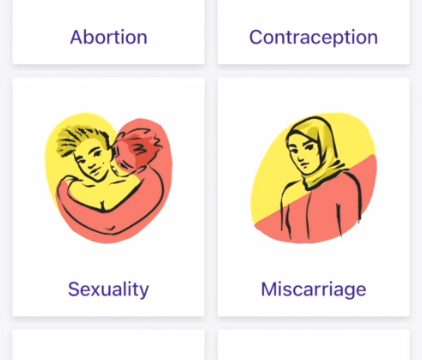Today we have released a new feature within Explore the Collections – our new Organisation pages are currently in BETA and you can explore them here and then let us know what you think.
The V&A has incredibly rich data about the objects in our collections, carefully catalogued by curators in our Collections Management System. The work to update this data is never finished, despite continuous and huge efforts. As scholarship continues, new data is frequently added to that which we already hold.
When we launched Explore the Collections in February 2021, the feature set included the Object Page and Search. Since then, we’ve been working on how we can present the information about the collections in different ways.
We know that our users (you!) are interested in particular themes, materials, makers and people, and have been thinking about how to present aggregations of objects built around these ‘contexts’ – which are called ‘authorities’ within our system.
At last count there are over 90,000 authorities grouped into ‘Types’
- Period & Styles (Art Deco, for example)
- Places (Tokyo, London, or Essex, Great Britain, and Great Bardfield)
- Materials (Ink)
- Techniques (Photography)
- Person (David Essex, which of course shouldn’t be confused with Essex, Great Britain)
- Organisations (Morris & Co, but not necessarily William Morris)
When an object is catalogued these contexts can be added to an object record. Currently on Explore the Collection we present this as a lozenge on an Object Page, which links through to the search results for that ‘authority’.
We wanted to create a way that allows users to better find and explore Objects related to an authority.
Starting with Organisations, (as this is a smaller, more contained dataset than ‘People’ or ‘Materials’) we have created a new page template that presents objects in a different way – bringing together both Objects ‘made by’ that organisation, and ‘depicting’ that organisation.
Our internal Alpha was a very basic page that we used to gather feedback –the key finding of which was that the page needed to have a bit more information on it to be of value to users.
With that in mind we’ve looked at how we might interrogate the data we have to show relationships with other contexts, showing relationships including:
- where an organisation has collaborated with other organisations or people
- where an organisation’s works often depicts the same person or group of people
- where an organisation works using a particular technique, we invite users to look at other objects
We want to create the opportunity for users ‘ fall down the rabbit hole’ allowing them to see the connections between objects that may not have been considered, and encourage a deeper, more nuanced way to explore our collections.
Some challenges
- We have a surfaced a lot – an almost overwhelming amount – of data. This first release involved the creation of more than 14,000 new pages – meaning we’ve not reviewed every page prior to this public Beta release.
- We recognise that the process of cataloguing is a continuous process – and that the data that we have about Object records is constantly being refined. However with over 1.26 million object some of the records haven’t been updated in some time. We’ve worked with our colleagues in Collections Management to ensure we do all we can to support their efforts to maintain this incredible asset. As always, we encourage you to suggest improvements to an object record using this form.
- We are only able to show – for obvious reasons – information about objects in our collections. It may be that a particular organisation was known for making photography, but if the objects in the V&A’s collection are limited to the organisation’s paintings, or photography props from a studio, for example. We aren’t showing information on these pages from any external sources, apart from relevant articles already featured on the V&A website which we think might be of interest.
What’s next?
Using a mix of data analytics and feedback from users we’re going to evaluate how people use these pages to inform our next stage in the development of these pages, including building out across the other context types, such as Person, Material and Technique.
We’d love you to send us feedback – please fill in this survey to let us know what you think.



This is a helpful update, thanks, and will encourage me to discover objects more fluidly. I would also love to see a ‘Add to favourites’ tool provided soon please, which would enhance future visits and learning.